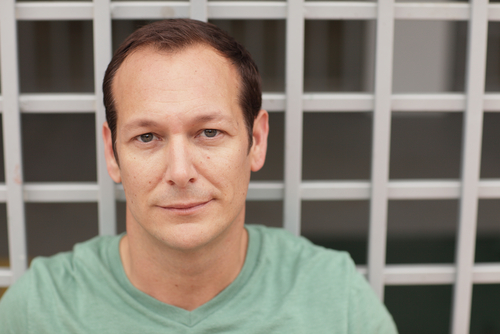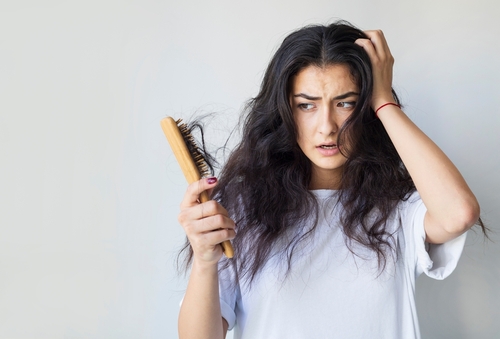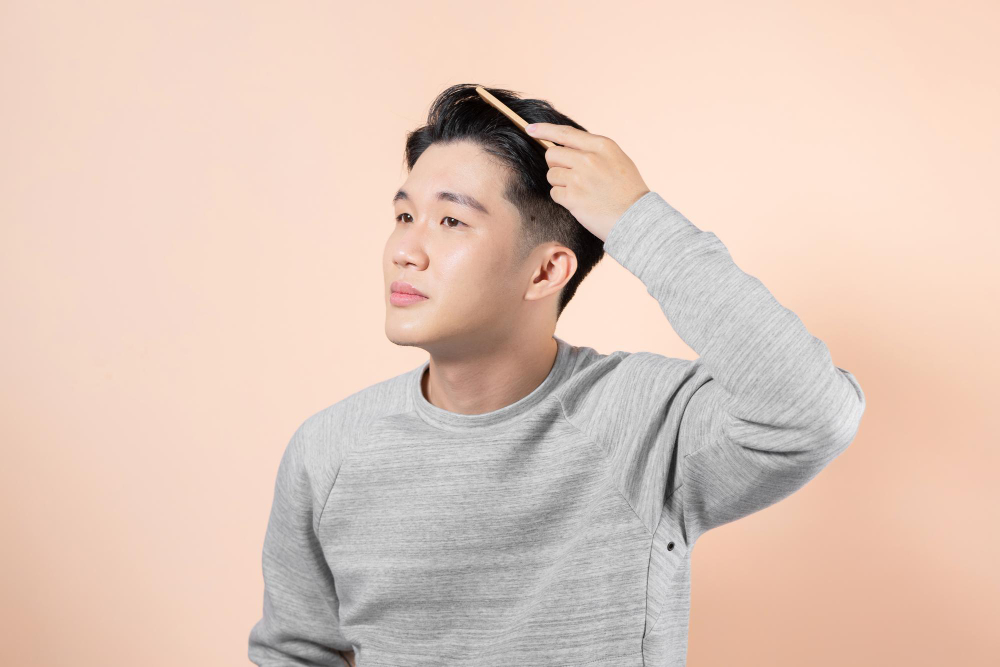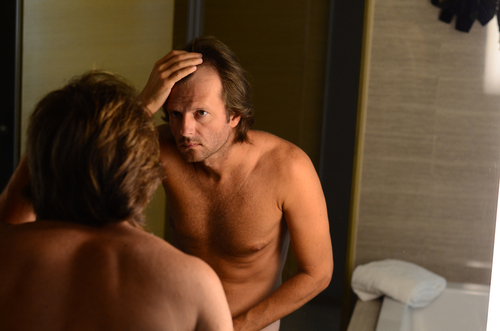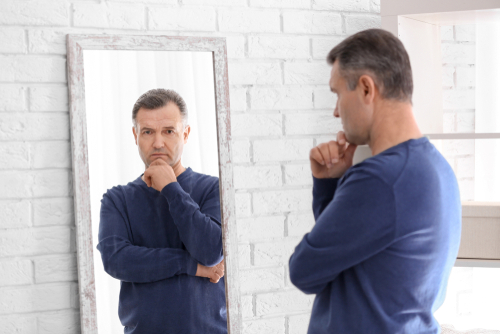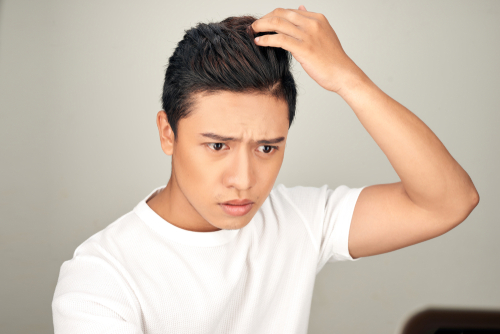
After undergoing a platelet rich plasma hair restoration session, patients sometimes become concerned when they see continued hair loss. This can make them worry the treatment is not working or that something went wrong. Normally, this is not the case. Let’s look further into the question, “Why am I losing hair after PRP?”
Platelet rich plasma is a slow and progressive treatment. This means that it works overtime to prevent and restore hair loss. After one sessions, you likely will not see much of a difference. Many patient begin noticing a difference after their second or third PRP session. The platelet rich plasma stays active for about four to six weeks which is why each session is spaced roughly that far apart.
Additionally, sometimes PRP injections can stimulate already dead hairs to fall out. Often, these hairs were already going to fall out and the PRP cannot restore it without emptying the follicle and repairing it. It is sometimes simply part of the process. Eventually, patients may see their hair loss slowing and restoration of some hair in the treatment areas.
To learn more and schedule a consultation, call us at 206-279-2112. You can also reach out online via chat or contact form.

